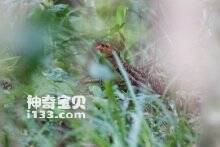
Xenoperdix udzungwensis is Udzungwa Forest-partridge, no subspecies. Specific habits are unknown.Listed on the International Union for Conservation of Nature (IUCN) 2016 Red List of Threatened Species ver 3.1 - Endangered (EN).Protect wild animals and eliminate wild meat.Maintaining ecological balan...
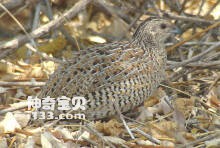
Synoicus ypsilophorus (Brown Quail) has 10 subspecies. It is mainly active at dawn and dusk, and the call is loud. Feeds on seeds and young grasses.Listed on the International Union for Conservation of Nature (IUCN) 2016 Red List of Threatened Species ver 3.1 - Not Threatened (LC).Protect wild anima...
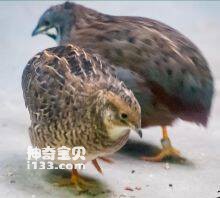
Synoicus chinensis has 10 subspecies, including Blue-breasted Quail, King Quail, and Asian Blue Quail.Blue-breasted quails are resident or summer migrants. In the morning and evening, it appears in the open to forage for grains, grass seeds, etc., and also eats insects, spiders, and termites. Fly fa...

African blue-breasted Quail (Synoicus adansonii) : African Blue Quail, Blue quail, no subspecies. It was once a subspecies of the blue-breasted quail, but was classified as a separate species in 2014.African blue chest quail in the morning and night in the open for grain, grass seeds, etc., also eat...
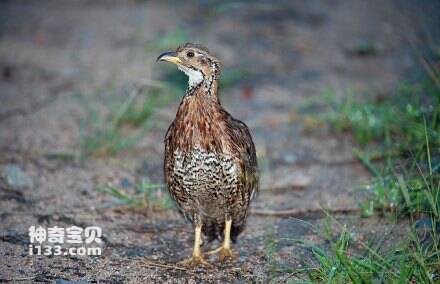
White ring neck Partridge (scientific name: Scleroptila whytei) foreign name Whyte' s Francolin, no subspecies.White-necked partridges are land birds that usually gather in pairs or family groups. Flies fast when in danger, but usually runs around in panic. It feeds mainly on the roots and bulbs...
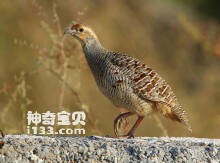
The ringnecked Partridge (Scleroptila streptophora) is Ring-necked Francolin, no subspecies.It gathers in small groups and flies very fast, but usually runs to cover when frightened. It feeds mainly on insects and plant seeds, and enters agricultural fields where it feeds on weeds, crops, and insect...

Xie's Partridge (scientific name: Scleroptila shelleyi) foreign name Shelley' S. Francolin, there are 3 subspecies.The Partridge is commonly found in various grasslands and woodlands in Africa. Open wooded mountain and savannah. Land birds, when in danger, fly quickly, but usually run away i...
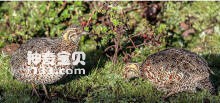
The Highland ringnecked Partridge (Scleroptila psilolaema) is Moorland Francolin, no subspecies.Highland ringnecked partridges are usually grouped in pairs or family groups. It is a particularly timid and cautious bird, preferring to forage near bushes rather than in the open. If it sees a dangerous...
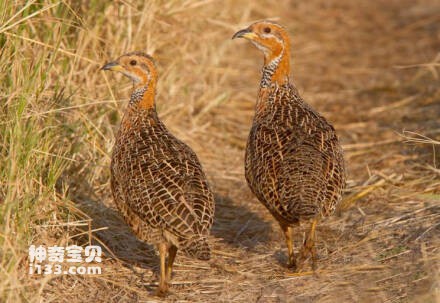
The Red-winged Francolin (Scleroptila levaillantii) has three subspecies.The red-winged ringnecked partridge is a land bird and is a timid and extremely cautious bird. Despite prowling for food at certain times of the day, they are rarely observed and are only known to be active from their calls. Th...

The Orange River Partridge (Scleroptila gutturalis) is known as Orange River Francolin and has four subspecies.The Orange River ringnecked partridge is a land bird and can live in colonies of up to 10-12 individuals. Flies fast when in danger, but usually runs around in panic. Forage for insects and...
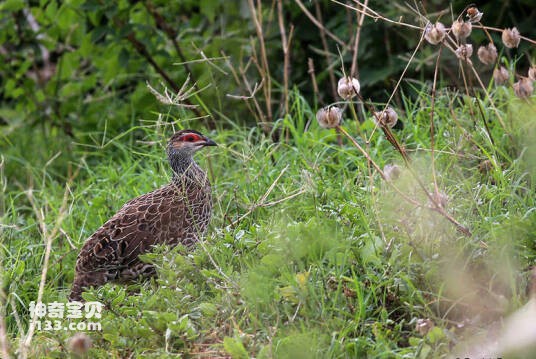
Partridge finschi (scientific name: Scleroptila finschi) foreign name Finsch' s Francolin, no subspecies.The partridge is a land bird that flies quickly when in danger, but usually runs away in panic. Scour the ground for insects and plant seeds, feeding on weeds, roots, seeds, young leaves and...
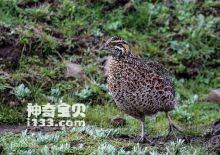
The Partridge Elgon Francolin (Scleroptila elgonensis) has no subspecies.Elgon ring-necked partridges are usually grouped in pairs or family groups. Are particularly timid and cautious birds. If it sees a dangerous situation, it will quickly run into the low grass and only come out when the intruder...
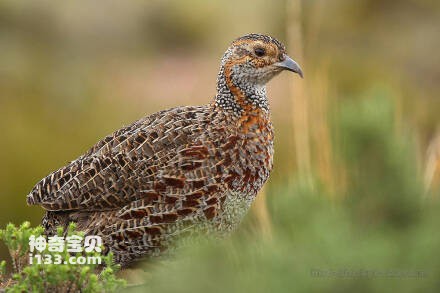
The gray-winged Francolin (Scleroptila afra) has no subspecies.The Partridge is mainly active in the early morning and late afternoon. It feeds on bulbs and roots, especially those of lycoris, sedges and irises, as well as a small number of plant leaves and seeds, insects and invertebrates.Listed on...

The coronal Partridge (scientific name: Rollulus rouloul) Crested Partridge in English, Perdiz Rulrul in Spanish, no subspecies.Coronal partridges tend to live alone or in pairs, sometimes in small groups of up to 15 individuals. Prefers to live in dry areas, descending to the valleys in the early m...
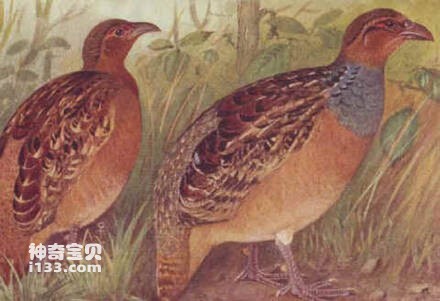
Dulit Partridge, Rhizothera dulitensis, was once a subspecies of partridge. Specific habits are unknown.Listed on the International Union for Conservation of Nature (IUCN) 2016 Red List of Threatened Species ver 3.1 - Vulnerable (VU).Protect wild animals and eliminate wild meat.Maintaining ecologica...
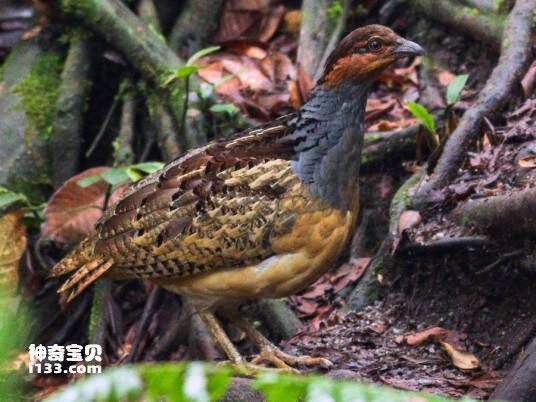
Rhizothera longirostris, or Long-billed Wood Partridge, is seriously threatened by habitat degradation and hunting, and an important conservation priority is rediscovery. Birdlife International believes it may have been in rapid decline due to habitat destruction and degradation, and that its taxono...
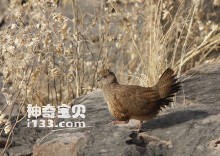
Ptilopachus petrosus usually lives in pairs or small groups of up to four quails and feeds on grass and herb seeds, green leaves, fruits and buds, and some insects.In captivity they are monogamous, but in the wild they are mostly monogamous. The eggs are pale pink, faded to cream, and the whole of t...

Ptilopachus nahani, foreign name Nahan' s Partridge is a traditional bird in the pheasant family. As its other name suggests, it was previously considered a partridge (Francolin) and placed in the genus Francolinus or Pternistis, but it was eventually determined that its closest relative was the...
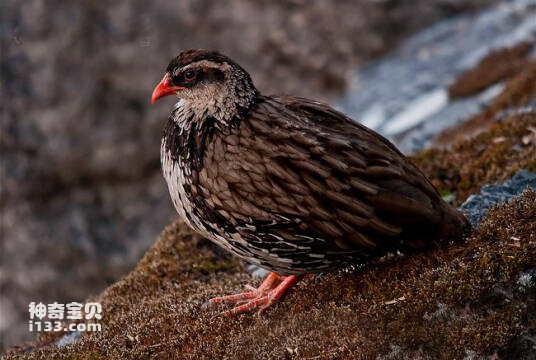
Swierstra (scientific name: Pternistis swierstrai) foreign name Swierstra' s Francolin, no subspecies.The partridge is usually solitary. Look for grass seeds, bean seeds and insects among the forest leaves. When encountering danger, he prefers running to escape danger rather than flying. The bre...
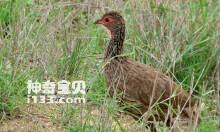
The colored partridge (scientific name: Pternistis swainsonii) foreign name Swainson' s Francolin, there are 2 subspecies.The partridge is usually solitary. It feeds on plant bulbs and bulbs, seeds, berries and shoots, as well as spiders and insects, including locusts, ticks, beetles, termites a...